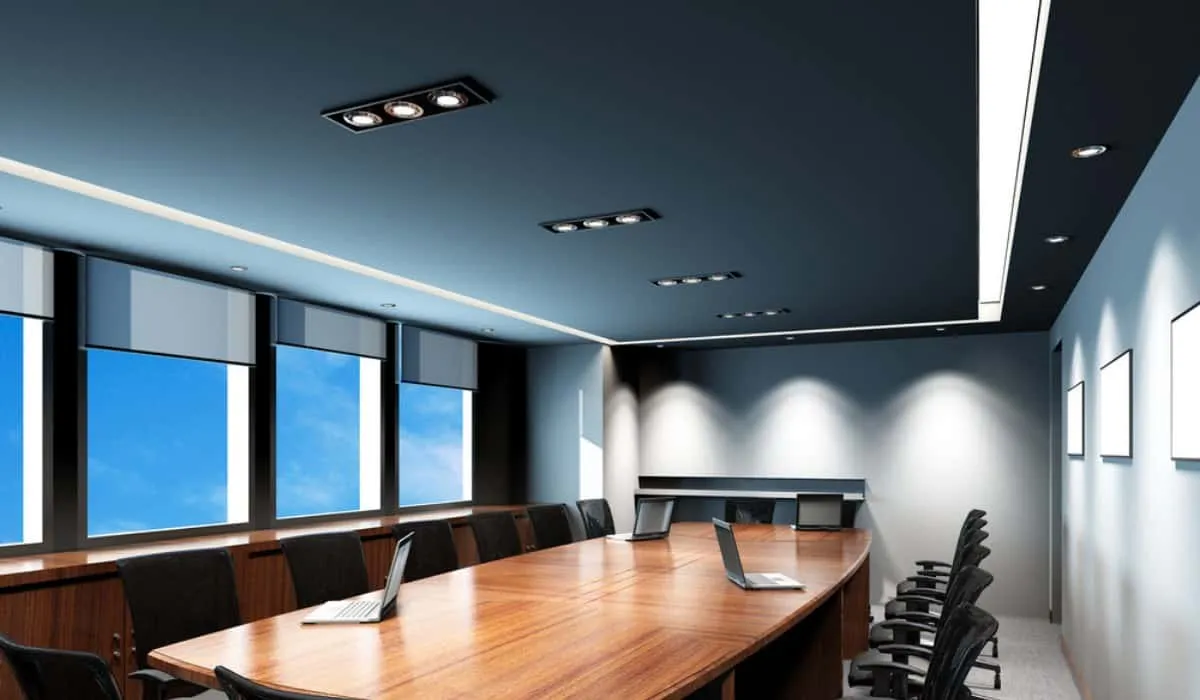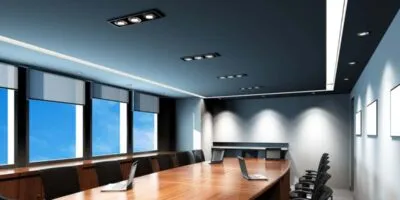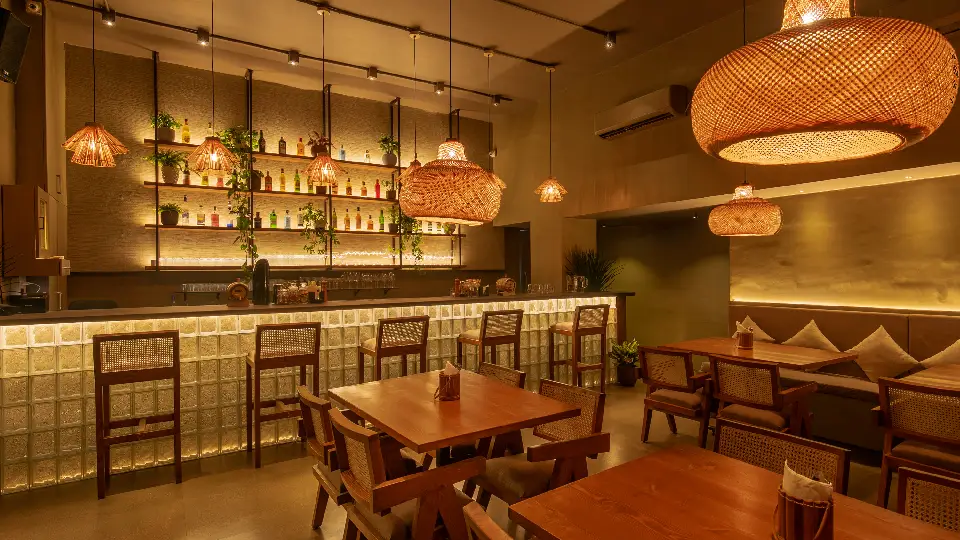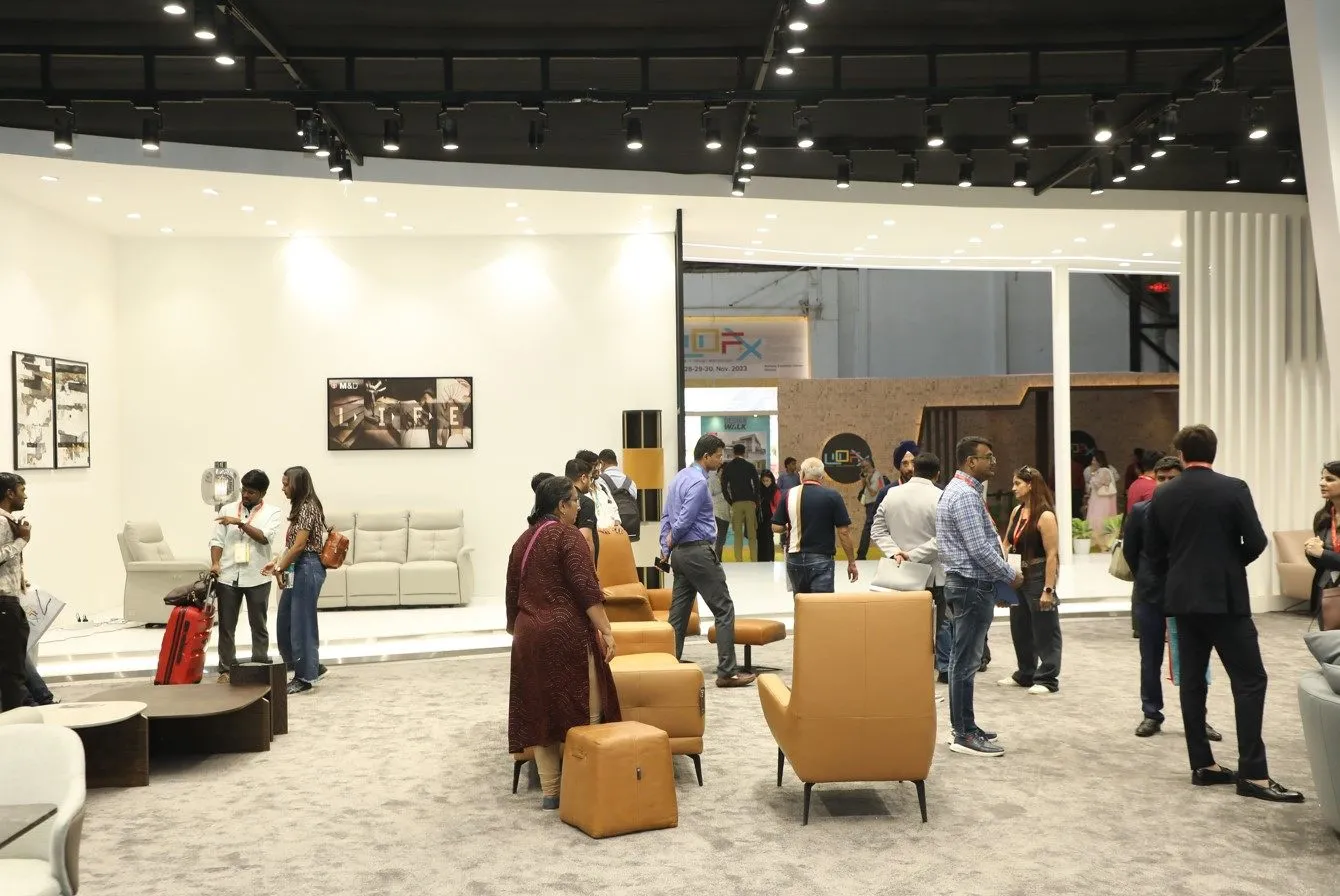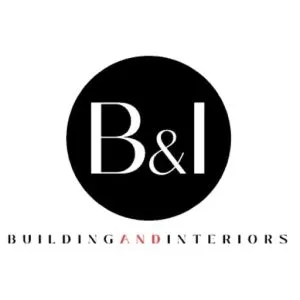False ceiling designs have evolved a lot in the last decade or so. People have realised how false ceilings can alter the look of their homes by giving a modern and elegant look to the interior design. A false ceiling is a drop-down ceiling which has been suspended from the main ceiling using different types of material like POP, gypsum, PVC and wood among others. While choosing a material to be used for making a false ceiling you must weigh the list of pros and cons of each type.
Each material can be used for different purposes and areas. For example, Gypsum is very popular because of its durability and cost-effectiveness. Similarly, PVC is an excellent choice for wet areas like kitchens and bathrooms as it is water resistant. Therefore, knowing which material is best for your space is important as it increases the aesthetic and functional value of the room.
In this article, we look at the list of different types of false ceiling materials and their uses. So, keep reading to select the best material for your false ceiling design.
|
If you want to buy any type of false ceilings for both commercial and residential projects at wholesale price from the best brands, click here:
For more details, WhatsApp us or contact below: Email: support@buildingandinteriors.com |
Contents
Types of false ceiling material
Plaster of Paris (POP) false ceiling
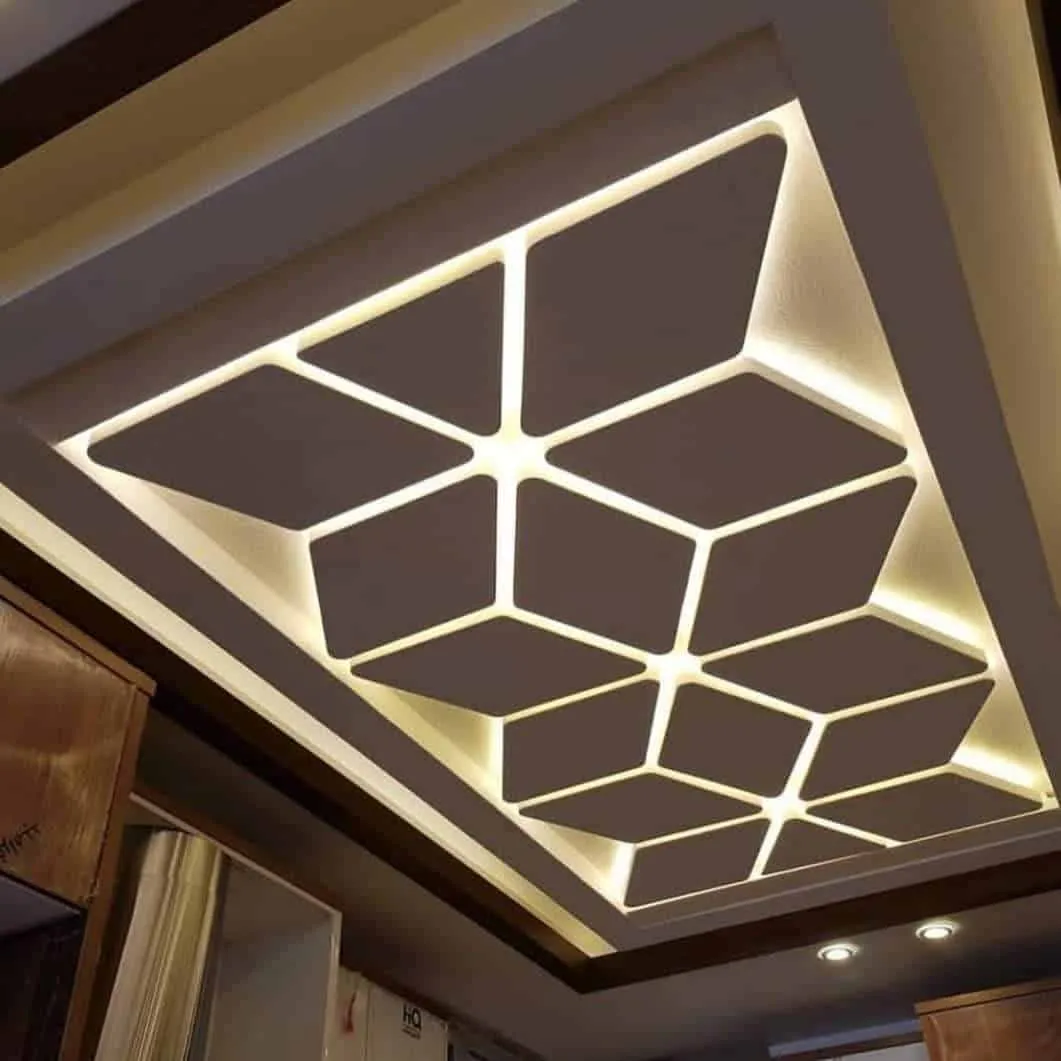
Image source: Shiva Sai Enterprise
One of the most commonly used materials for false ceilings, Plaster of Paris (POP) can be moulded to any design as per the preferences of the user and gives a smooth finish. A quick setting powder, POP hardens immediately when mixed with water. POP false ceilings are budget friendly and durable.
| Also see: False ceiling designs for office and shop to improve productivity (30+ most popular) |
Gypsum false ceiling

Image Source: Neotecture
Gypsum (a hydrated sulfate of calcium) is emerging as the first choice for false ceiling materials because of its sound resistance, thermal insulation, lightweight, and cost-effectiveness. Available in factory-made boards, these are easy to install and long-lasting. These boards are also available in large sizes which ensures limited joint lines and a uniform finish. Since the finish is smooth, paint, wallpaper, or laminate can easily be used to complete the overall look of the false ceiling.
| Also see: False ceiling design for kitchen:10 exclusive design ideas for your kitchen makeover |
PVC false ceiling material
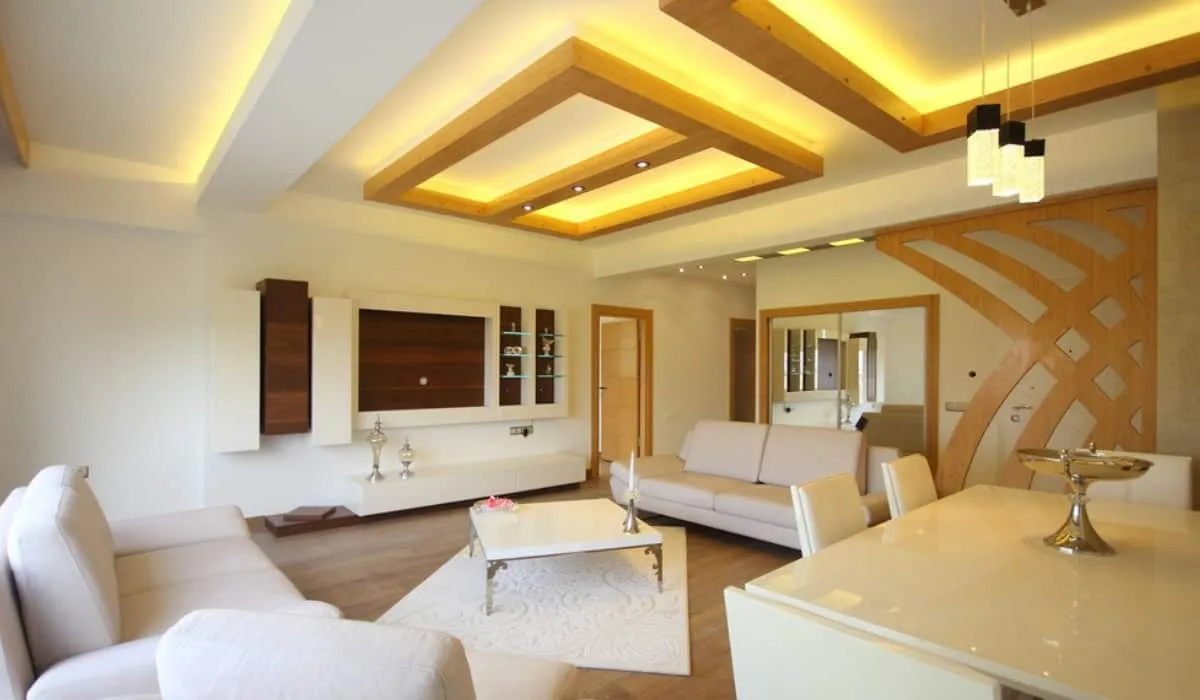
Image Source: Pinterest
PVC or Polyvinyl chloride panels are a popular choice for bathrooms, kitchens, garages, and basements because of their water-resistant nature. Easy to install, these budget-friendly panels are lightweight and colour fast. PVC panels are available in a variety of finishes. Also, PVC is resistant to moisture and termites.
Wooden false ceiling
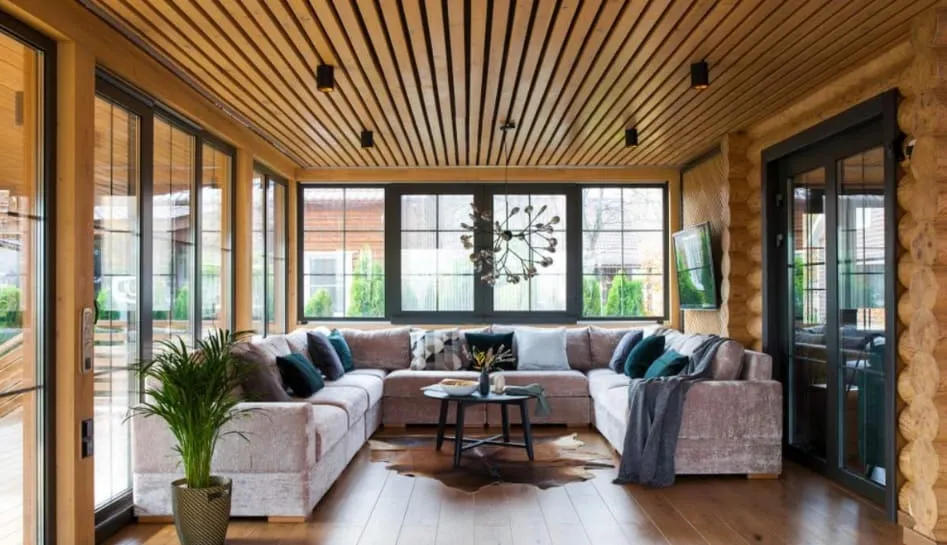
Image Source: Instagram
If you’re looking to give your false ceiling design a warm and rustic look then you can select a wooden ceiling for your home. Available in different natural textures and patterns these come in the form of boards, blocks, and panels. Although these are expensive compared to the other options, they increase the aesthetic value of a home to give a classic and luxurious look to the interiors.
| Also see: 31 false ceiling ideas to make a style statement |
Fiber false ceiling
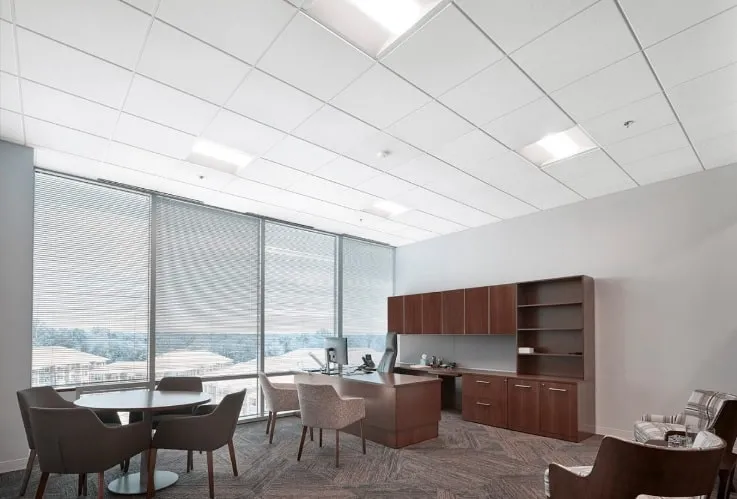
Image Source: Armstrong Ceilings
Made of tar, vegetable fiber, stone, and wood, fiberboards are well-known for their thermal and sound insulation. These are commonly used in places such as shopping malls, offices, and retail stores because of their soundproofing abilities. Although fiberboards are easy to install, they are not a popular false ceiling material choice for homes as they lack visual appeal.
| Also see: False ceiling colours: 25+ colour ideas for that plush look |
Metal ceiling design
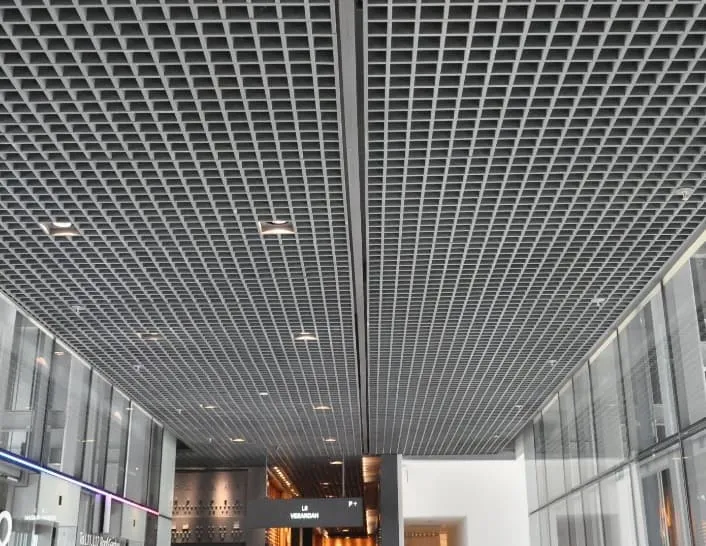
Image Source: The Samsui
Made of brass, steel, copper, galvanized iron, and aluminium, these metal panels are suspended from the main ceiling. These are strong and easy to maintain. Metal panels are available in different finishes to give a shiny look to the decor and can be used to house electric wire and AC ducts.
Glass false ceiling
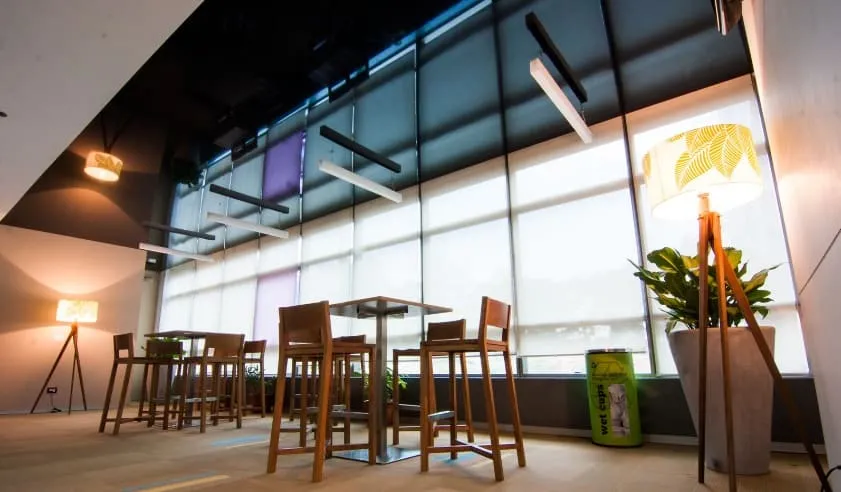
Image Source: Euroceil
Glass offers transparency which is used to create an illusion of space. These glass ceiling panels are commonly used in restaurants, jewellery shops, and showrooms to increase brightness. A good insulator of heat, glass is available in various colours and patterns. Glass can also be used in living areas to create an eye-catching look.
Synthetic leather and fabric ceiling
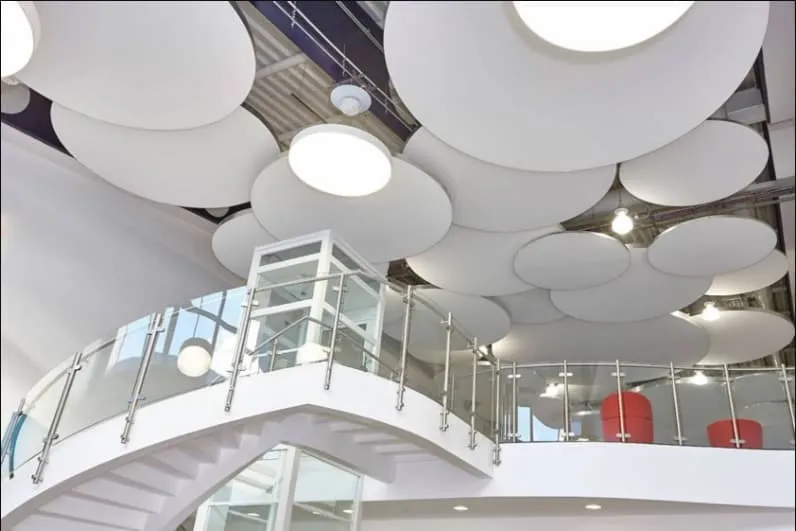
Image Source: Pinterest
Fabric and Synthetic leather false ceilings are made by moulding cloth or faux leather into different designs. These can be used for a specific purpose like an event or an exhibition but are not durable in the long run as they are prone to damage and dust.
|
If you want to buy any type of false ceilings for both commercial and residential projects at wholesale price from the best brands, click here:
For more details, WhatsApp us or contact below: Email: support@buildingandinteriors.com |
Conclusion
Nowadays, false ceilings are an important part of the interior design of a space. With the correct material and design, you can transform the overall look of a room. A good false ceiling also helps in controlling the temperature of the house.
The perfect material when paired with a matching colour palette and proper lighting will also create a style statement for your home. We have curated a list of the best false ceiling materials you can buy from. So, go ahead and submit your enquiries to get the best quote for the perfect false ceiling material for your space.
*The featured image used in this article is from Pinterest

